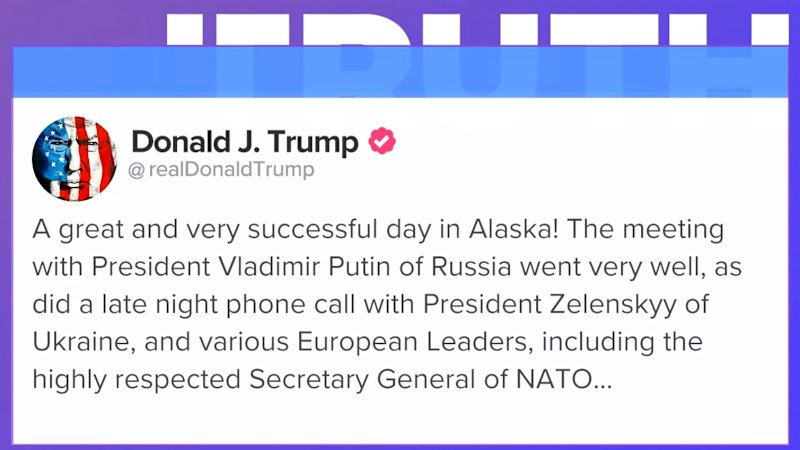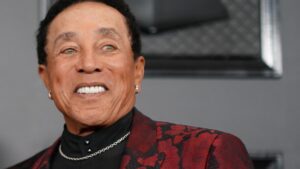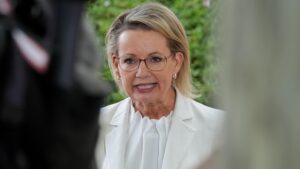
US President Donald Trump has unexpectedly altered his position regarding a ceasefire condition in the ongoing conflict between Ukraine and Russia. This shift comes as diplomatic discussions intensify over a potential peace agreement aimed at resolving the war that has persisted since 2014.
In a statement released on February 10, 2024, Trump indicated that he would now support a ceasefire as a precondition for negotiations, marking a significant pivot from his previous stance, which favored a more conditional approach. The decision has sparked debates among political analysts and foreign policy experts, who are questioning the implications of this change for both NATO and the European Union’s involvement in the region.
Implications for International Relations
Trump’s recent comments suggest a willingness to engage more actively in peace talks. Previously, he had emphasized that Ukraine must first demonstrate a commitment to certain reforms before any ceasefire could be considered. By softening his position, Trump aims to facilitate dialogue that could lead to a broader resolution of the conflict.
The announcement has generated mixed reactions. Supporters of the ceasefire argue that it could pave the way for a more stable relationship between Ukraine and Russia, as well as enhance security in Eastern Europe. However, critics warn that capitulating to Russia’s demands may embolden further aggression from the Kremlin.
According to analysts, Trump’s shift could be a strategic move to bolster his political standing as he prepares for the upcoming election cycle. The President’s favorability ratings have shown signs of improvement, and a successful peace initiative could further enhance his appeal to voters who prioritize national security.
Reactions from Key Players
Responses from various stakeholders have poured in following Trump’s announcement. The NATO Secretary-General, Jens Stoltenberg, acknowledged the importance of a ceasefire but stressed that any agreement must ensure the sovereignty and territorial integrity of Ukraine. Meanwhile, leaders from the European Union are monitoring the situation closely, as they continue to support Ukraine with economic and military aid.
Ukrainian President Volodymyr Zelensky expressed cautious optimism, stating that a ceasefire could provide much-needed relief for civilians affected by the ongoing hostilities. He urged for clear terms and international monitoring to ensure compliance from Russia. His administration has maintained that any negotiations must not compromise Ukraine’s territorial claims.
As the situation unfolds, the international community remains vigilant. The next steps from both Trump and his counterparts in Europe and Ukraine will be critical in shaping the future of the region.
In summary, Trump’s pivot towards endorsing a ceasefire represents a notable shift in U.S. foreign policy regarding the Ukraine-Russia conflict. With the potential for renewed diplomatic efforts, the coming weeks could prove crucial in determining the path forward for all parties involved.







